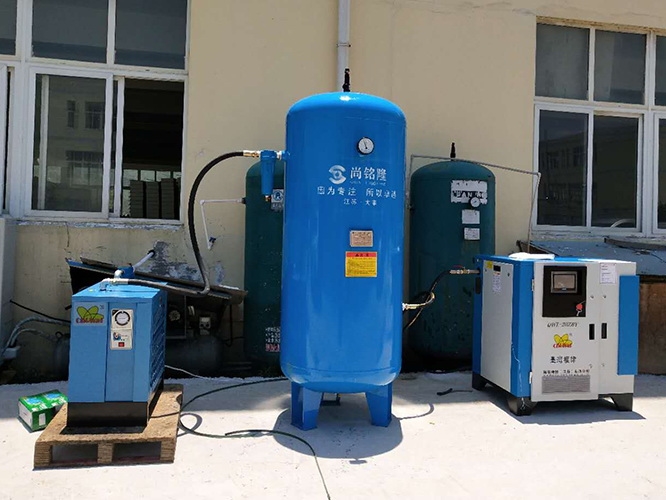Screw air compressors are widely used in various industries for their efficiency in generating compressed air. However, it is crucial to prioritize safety when operating these machines. This article aims to provide a concise guide on the safety procedures that should be followed while operating screw air compressors.

1. Proper Training:
Before operating a screw air compressor, it is essential to receive proper training on its operation, maintenance, and safety guidelines. Familiarize yourself with the compressor's specific features, controls, and potential hazards. Ensure that all personnel involved in operating the equipment have received appropriate training.
2. Safety Equipment:
Always wear appropriate personal protective equipment (PPE) when operating a screw air compressor. This includes safety glasses, ear protection, gloves, and appropriate footwear. PPE helps protect against potential injuries caused by flying debris, noise exposure, and accidental contact with moving parts.
3. Pre-Operational Checks:
Before starting the compressor, perform the following checks:
a) Inspect the compressor and its surrounding area for any signs of damage, leaks, or obstructions. Ensure that the compressor is properly grounded.
b) Check all safety devices, such as emergency stop buttons, pressure relief valves, and pressure gauges, to ensure they are functioning correctly.
c) Verify that all required maintenance has been performed, including oil and filter changes, and that all fluid levels are within the recommended range.
4. Startup Procedure:
a) Before starting the compressor, ensure that all personnel are clear of the equipment and that no one is in the immediate vicinity.
b) Follow the manufacturer's instructions for starting the compressor. This may involve engaging the power supply, opening the air intake valve, and activating the control panel.
c) Monitor the compressor during startup for any abnormal noises, vibrations, or leaks. If any issues are detected, immediately shut down the compressor and report it to the appropriate personnel.
5. Operation Guidelines:
a) Never exceed the maximum operating pressure specified by the manufacturer. Operating above the recommended pressure can lead to equipment failure and potential accidents.
b) Regularly monitor pressure and temperature gauges during operation. Any significant deviations from normal values should be investigated promptly.
c) Avoid overloading the compressor by exceeding its duty cycle. Allow the equipment to cool down adequately between continuous operation to prevent overheating.
6. Shutdown Procedure:
a) Gradually reduce the operating pressure to zero using the compressor's control panel.
b) Once the pressure is reduced, turn off the power supply to the compressor.
c) Perform a final check of the equipment and the surrounding area to ensure that everything is in order before leaving.
Conclusion:
By following these safety operating procedures for screw air compressors, operators can minimize the risk of accidents and injuries. Remember, safety should always be the top priority to ensure a secure working environment for both the operator and those in the vicinity.